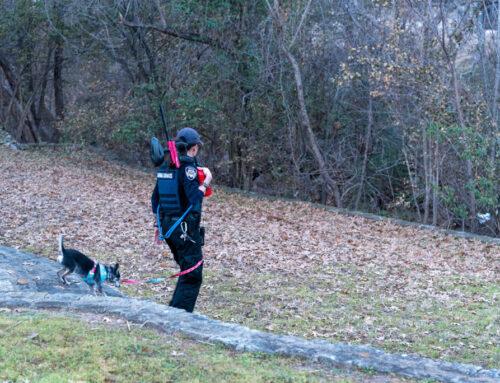We Dallasites, on the whole, care about our trees. The good news is that the proposed update of the Dallas Tree Preservation Ordinance, which I wrote about last month, includes some much-needed provisions. However, some major problems remain unaddressed.
One of the worst problems we currently face is clear-cutting, or cutting down trees to clear a site for development. This is allowed if replacement trees are planted, or money is deposited into a reforestation fund. Sometimes, however, a developer will come in with bulldozers and chain saws on a Friday afternoon or a Saturday, without city permission. This is the “weekend massacre”, where the damage is done before anyone can stop it. Although the public may be outraged, an occasional small fine or no penalty at all is the usual city response.
That response highlights the problem of weak enforcement, even when the violation is flagrant. Legal or illegal, the end result of clear-cutting is the same — barren land stripped of every tree.
As discussions were taking place on how to effectively address clear-cutting, the city attorney’s office opined that restricting an owner’s right to cut down all his trees amounts to a “taking” of his property rights and could result in legal action against the city. But any property restriction a city puts in place amounts to a taking.
Telling someone that he has to provide setbacks on his property is a taking. Telling him he can’t build a structure as high as the sky or cover the entire lot with his building is a taking. Cities are able to restrict height and lot coverage and impose setbacks because the regulations are contained in zoning and/or building codes that apply to everyone’s property. Restricting the ability to take down every tree on a lot, applied uniformly, would be the same as the other restrictions — what is lacking in the case of trees is the city’s will to do it.
Speaking of zoning, a developer can go to city hall and request Planned Development District (PDD) zoning, which enables him to entirely circumvent the tree ordinance because its regulations do not apply to Planned Developments. This loophole is not addressed in the ordinance revisions, and Dallas already has more than 700 PDDs.
The current ordinance also exempts residential properties of less than two acres from any tree controls. This allows property owners with significant trees to cut them down if they choose, greatly impacting the tree canopy in long-established residential neighborhoods.
There aren’t any provisions to help control the spread of tree diseases by regulating tree trimming practices and practitioners. Tree trimmers can spread tree diseases such as oak wilt by not cleaning their tools between jobs. Oak wilt is caused by beetles that attack red oaks and live oaks during the months of February through June. The beetles enter the tree through open cuts, attracted by the sap. Oak wilt can kill infected trees within weeks, and can devastate entire neighborhoods because the disease can travel from tree to tree through intertwined root systems.
Discussion of revising the tree ordinance started about five years ago as developers began asking for relief from what they felt were provisions that made it more expensive for them to build in the city’s southern sector, where much of the land is treed and hilly. But easing restrictions in an already weak ordinance is not the way to go. What is needed is enacting the proposed improvements and addressing the remaining problems — clear-cutting, tree disease dangers, and ordinance circumventions or exemptions.
Resistance to strengthening the tree preservation ordinance already has begun. Unless Dallas residents make it clear to city hall that they want stronger provisions, we won’t see changes that stop clear-cutting disasters, consistently preserve large old trees instead of replacing them with tiny new trees, and protect Dallas’ green canopy for a more beautiful city with cleaner air.






